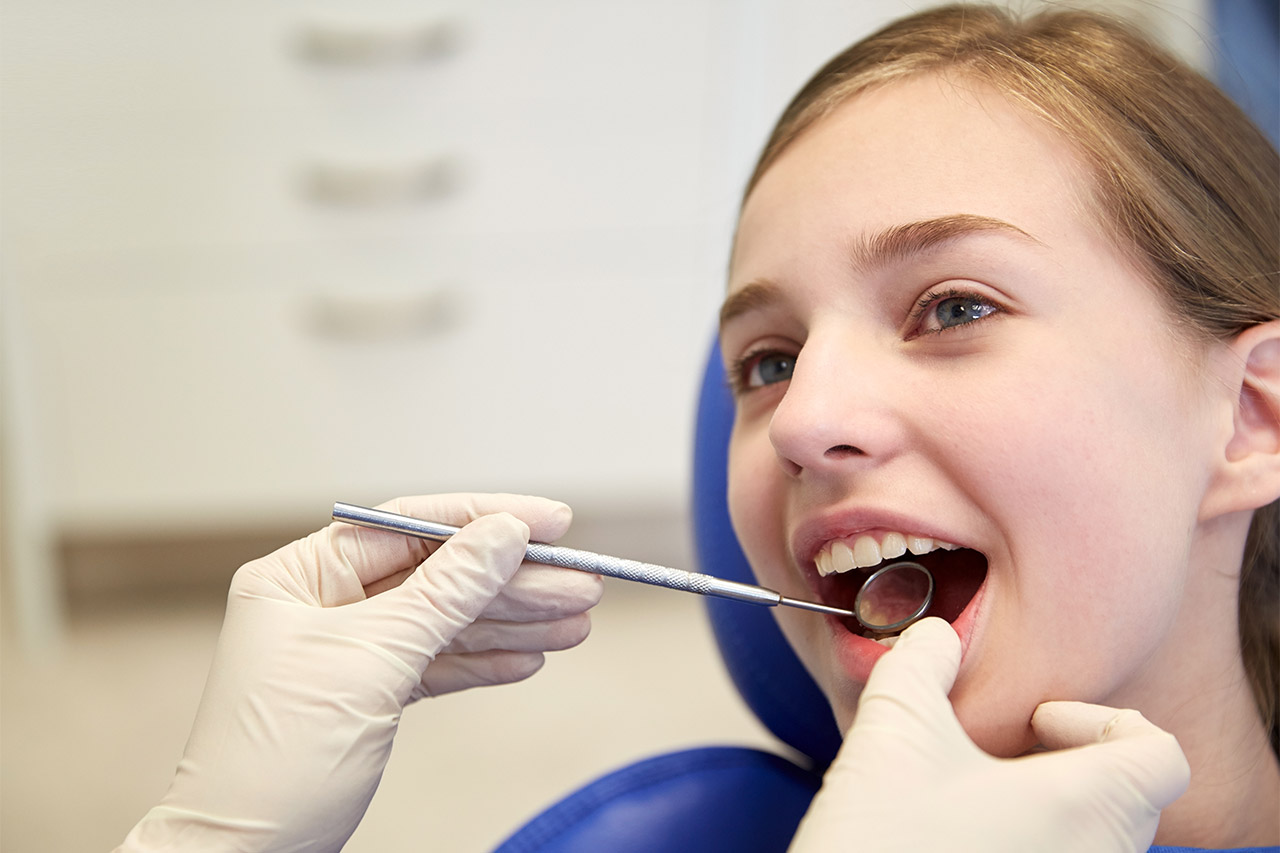 Most doctors and dentists know that the way we breathe can affect the shape and appearance of our facial features. Breathing through the nose is healthy but breathing through the mouth can cause problems.
Most doctors and dentists know that the way we breathe can affect the shape and appearance of our facial features. Breathing through the nose is healthy but breathing through the mouth can cause problems.
Adenoid Face
The term “adenoid face” was coined to describe the facial characteristics of children with severely enlarged adenoids. The adenoids are located in the throat and are similar to the tonsils.
When the adenoids are enlarged, they force children to breathe with an open mouth. This open mouth posture changes their facial appearance.
The typical features of an adenoid face include:
- Long, narrow shape
- Flattened features
- Narrow and vaulted palate
- Elevated nostrils
- A short upper lip
- A gummy smile
- Small lower jaw
- Sleepy and droopy eyes
How Is This Possible?
The answer is a simple matter of habit and muscle memory.
When the mouth is continually open, the facial muscles develop, then adapt and function improperly around this abnormal posture. These children have essentially developed muscle patterning habits around an inability to breathe through their nose.
Basic human functions such as forming words, chewing and swallowing food, drinking liquids, and even swallowing their own saliva are compromised by the inability to use their nose. These children are basically growing and developing around the fact that they cannot breathe properly.
This simple habit will stay with them if it is not corrected, making certain facial features permanent into their adult years.
It is important to realize that growth is a very powerful force. A child with an open mouth will grow into an adult with the facial features listed above that go hand-in-hand with having an open mouth.
How My Myofunctional Therapy Can Help
These physical changes occur over time, but the fact is, the facial features are altered. Fortunately, in children, these symptoms can be avoided through myofunctional therapy with great success. The younger the child is when they start therapy, the better.
I also work with adults who did not have myofunctional therapy in childhood. They all admit to wishing their parents had addressed their issues when they were young.
In adults, myofunctional therapy can still be very beneficial and successful. Although the facial features cannot change as drastically as in children, a clear difference can be seen once normal rest position and function are achieved.

